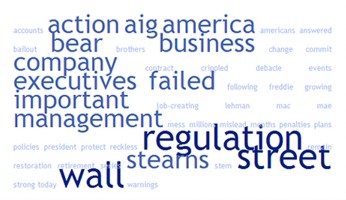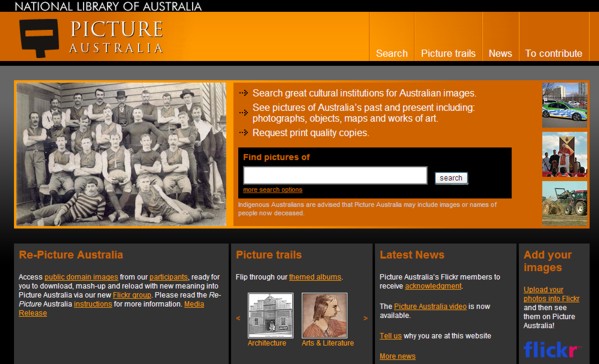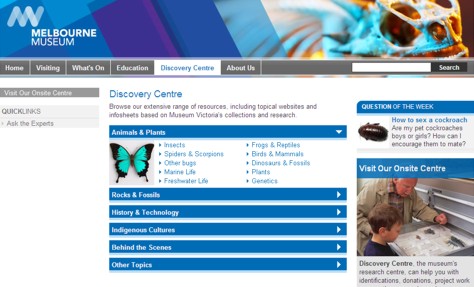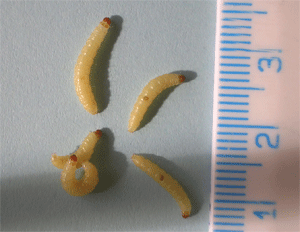Paul Stewart (thanks Paul) put me onto Deletionpedia, a wonderfully annihilistic-sounding encyclopedia. Rhonda Powling has blogged about Veropedia, a verified Wikipedia, so I thought it would be interesting to check out Deletionpedia, an archive of more than 63,000 pages which have been deleted from the English-language Wikipedia. As with histories within any wikis, it’s interesting to see changes made, and you can browse through different deletions, such as pages deleted after more than 1000 days on Wikipedia; pages deleted more than 200 times; pages deleted this month, etc. The process of editing becomes transparent. Deletionpedia also provides ‘page of the month’, ‘list of the month’, and ‘category of the month’.
Did you know that Wikipedia allowed reuse of its content, including pages it has deleted, using the GNU Free Documentation License? To comply with this license, Wikipedia rescues the full edit history of its pages. Wikipedia splits up the archive into ‘we don’t like’ and ‘we do like’. And so, ‘we don’t like’ copyright violations, serious libel problems or offensive material; and ‘we do like’ interesting or quirky pages, including creative writing, opinions and original research (which do not belong in a wiki).’
All of this works by automated script following a Wikipedia user tagging something as appropriate for deletion. The tagged pages are uploaded to a temporary store; the deletion log is checked and the deleted pages are uploaded from the temporary store to Deletionpedia. A forthcoming feature is the addition of a rating system for easy identification of interesting pages.
What wonderful -Pedias await us in the future?













